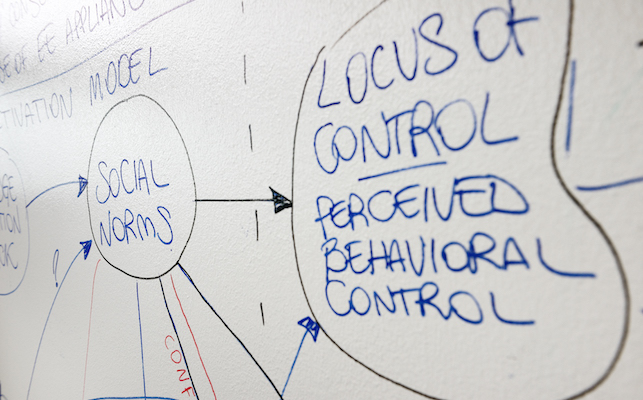Human Decision Making in Risky, Dynamic and Complex Environments

Infrastructure is a compound of engineered, organisational, and user subsystems, which is heavily dependent on the behaviour of humans. Conscious human action is a result of decision making, that is the choice element of a broader ‘perception-appraisal-choice-response’ process that neoclassical economics assumed to be fully rational.
Although evidence shows that factors such as working context, cultural habits, norms, personality traits, or affective status shape and modulate decision making, our knowledge on how these factors shape decision biases or cognitive failures remains limited.
The objectives of the research module are to:
- improve the descriptive accuracy of decision-making models beyond perfect rationality by considering psychological effects more realistically
- investigate the impact of design of decision contexts (choice architecture) on resource consumption
The Insurance Purchase Decisions for Catastrophic Events submodule investigates why take-up rates of insurance protection against catastrophic events are much lower in Asia than in Western countries, based on the hypothesis that large family networks reduce take-up rates and that actual rates are crowded out by realised insurance contracts. A series of laboratory and field experiments seek to provide insights that could help policy makers formulate better-informed public policies.
The Social Decision Making in Crises and Emergencies submodule studies how disruption-induced stress affects human behaviour. It involves a series of laboratory experiments to show how stress modulates social preferences, and how social and cultural identities shape these changes. The goal is to gain insights into changes in social preferences and behaviour under stress induced by crisis and duress.
The Choice Architecture to Promote Resilience in Consumption Decisions submodule builds on the hypothesis that an intelligent design of the choice context – known as ‘choice architecture’– leads to decision makers making ‘good’ decisions. Several choice architecture principles will be tested for their effectiveness, aimed at reducing energy consumption, and at the same time improve our understanding of how those principles affect resource consumption in general.
The Preferences for Portfolios of Risky Options in Dynamic Contexts submodule looks at dynamic decision-making contexts, assuming that people do not allocate resources optimally when faced with a set of risky prospects with outcomes that cannot be easily predicted. The study investigates how people make choices, update their risk preferences, and adapt their behaviour, and seek to determine what type of interventions could result in more optimal decision making.